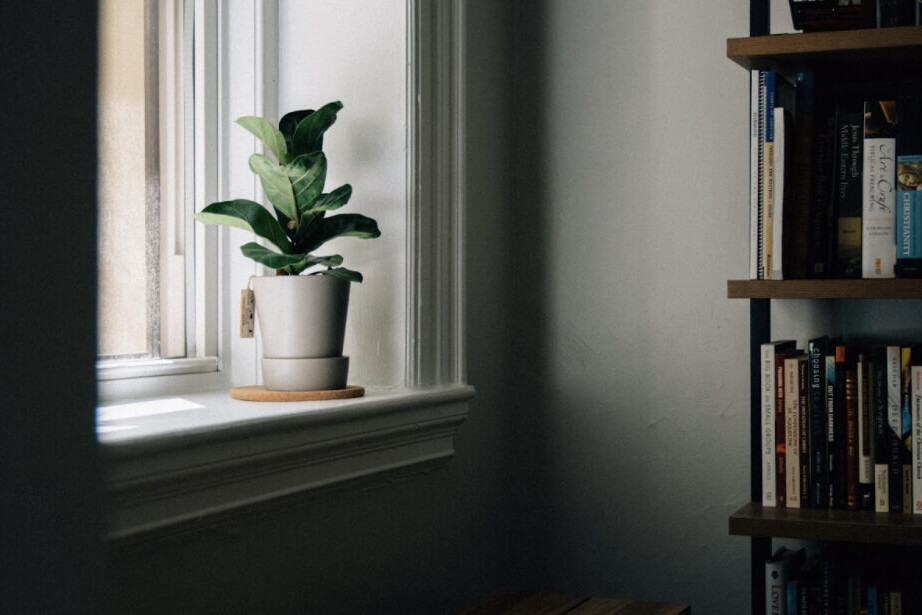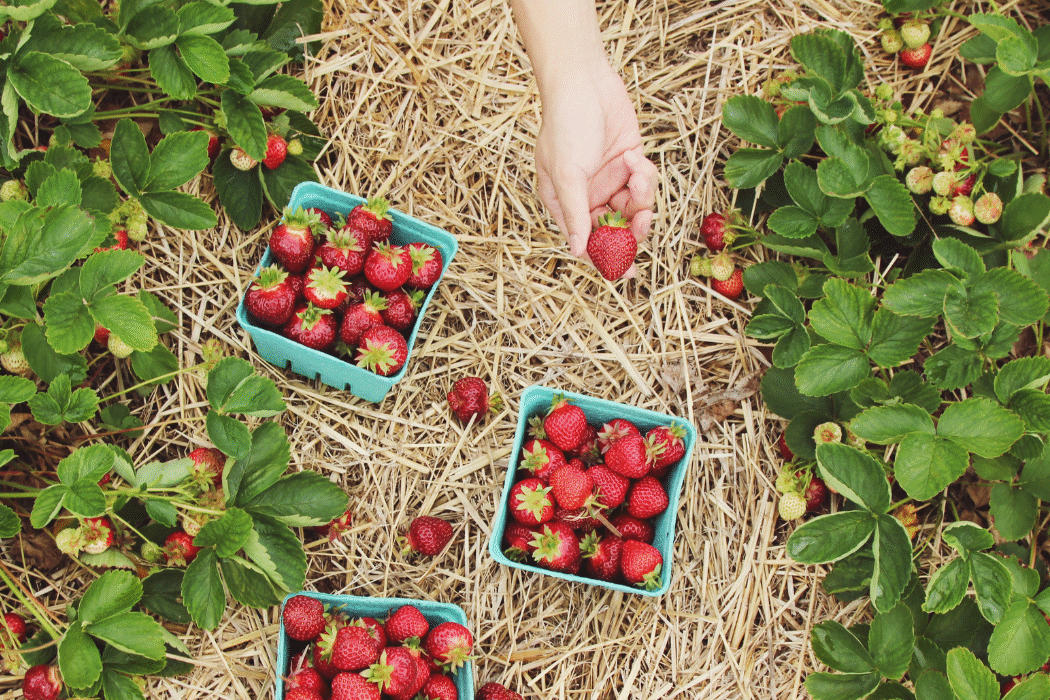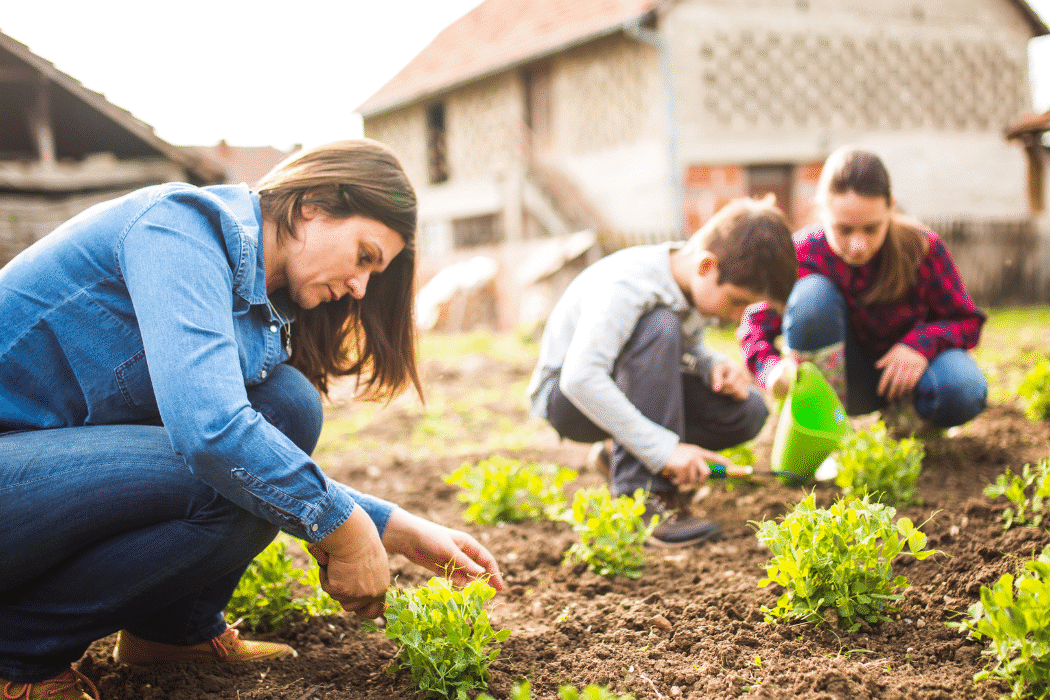September 20, 2021
Caring for Rare Plants with Expert Elana
Check out our three-part reel series on instagram where Elana discusses tips and tricks for rare plant enthusiasts:
1. Elana welcomes us through Sage Float Spa’s spectacular front doors for part one of the series.
2. In part two, Elana and her sweet dog Fable have some tips for feeding your precious houseplants.
3. Part three shows us a quick plant RX for indoor plant parents!
Are you dreaming of tending to gigantic, lush tropical plants that become the envy of all your plant-enthusiast friends? We’ve got some insider tips for you!
An avid adventurer, wellness enthusiast, and rare plant expert, Elana Gainor, PhD, founded Sage Float Spa as a premier Santa Cruz, California, wellness destination. At Sage, guests can relax with saunas, salt-water float tanks, and world-class massages—surrounded by hundreds of rare tropical plants.
TRUE had the joy of sitting down with Elana, to hear about the incredible ways she’s learned to cultivate these beautiful green friends.
TRUE: How did you get into rare plants?
Elana: I had already been taking care of indoor plants for several years when I opened Sage Float Spa in 2016.
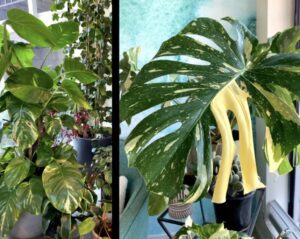
We have a 2700-square foot space with a huge lounge area that’s now completely filled with plants!
TRUE: Why is Sage Float Spa such a perfect environment for all those plants?
Elana: I didn’t realize right away that the spa was going to be the ideal environment for these rares. It turns out that it’s basically a big greenhouse.
First, all the windows have interior sun shades, like car window tinting. The shading filters light and protects the plants from light that could be too harsh.
Next, because of all our spa float tanks, it’s also a very high humidity environment. That’s perfect for these tropical plants that live in that type of natural climate.
TRUE: Who are some of the green friends in the spa?
Elana: If you go into the plant store, we have pretty much one of everything!
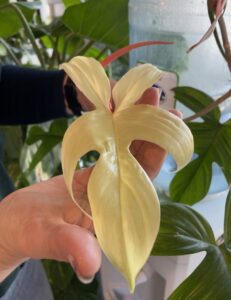
I’m always repotting things, giving things away, and purchasing new plants. Right now I’m maxed out!
TRUE: Why are the variegated varieties so rare and special?
Elana: It takes such a special environment to grow them. A lot of them don’t grow naturally in the United States because of the tropical climate they need.
A lot of rare plants cannot be cultivated from seed. That variegated coloring and different patterns you see are genetic mutations, which means they must be grown from cuttings.
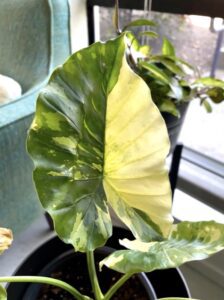
There are some that even I have a hard time taking care of, like our variegated alocasia. It keeps dropping leaves!
It wants filtered bright light, so it’s hard to find the right spot for it in the spa.
I do struggle with bugs, mildew, soil fungus, just like anyone else. It’s all about knowing my rare varieties and understanding what they need. When you pay attention, you can start to tell what’s going on.
 TRUE: How do you use TRUE plant food products?
TRUE: How do you use TRUE plant food products?
Elana: I am already loving TRUE’s Liquid All Purpose Plant Food for my rare plants.
Before I opened it, I thought I’d dilute it even more than recommended—just because the variegated plants are very sensitive, so I’m very careful about giving them anything new.
When I opened it and observed the smell and consistency, I knew it was going to be safe. I diluted the recommended strength and it’s been awesome.
It’s hard to explain how I knew—that’s part of having a green thumb! You just know what’s good and not good for your plants. The TRUE liquid plant food didn’t have a pungent smell and wasn’t too thick or sticky. I could tell TRUE was going to be the perfect strength for my rares.
While I’ve just been using the All Purpose Plant Food, I’m really looking forward to experimenting with Liquid Bloom Boost in the Spring.
TRUE: What makes caring for these plants so challenging?
Elana: It’s their pickiness with their environment.
They need very high humidity, the perfect amount of filtered light, and don’t like to be touched by air. No breezes or bright direct sunlight.
If you think about their natural environment, it makes sense: They’re used to living on dense tropical forest floors. In their natural habitat, they are protected from winds, receive shaded light, and are constantly getting the perfect amount of moisture.
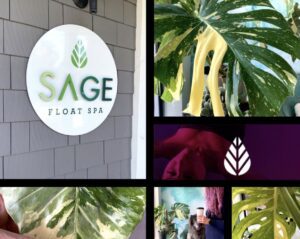
Elana’s Top Tips For Rare Plant Care
Filtered light is non-negotiable.
Elana: Most people aren’t going to put UV protection on their windows, but you can use curtains to get the right light. As your plants grow toward the light, turn them.
Pay attention.
Elana: You can tell if a plant is “stressed out” if it’s looking wilty or dropping leaves. If that’s happening, it needs some extra care. If your plants aren’t happy, move them around and see if that improves things.
Humidity is key.
Elana: It’s important not to over- or under-water them, which depends on seasons. You can get humidifiers or spray the plants with a mister (which we do every day at the spa). But some want to be misted all day, like you see in botanical gardens! And you’re probably not going to do that at home.
Get to know your rares!
Elana: It’s a relationship, for sure. They are sensitive!
For example, I actually don’t even put my finger in the soil to feel for moisture. Your top inch or two of soil could be very dry, but the bottom of the soil could be water-logged. Get into the habit of lifting a plant out of the pot and see how heavy it is. A very wet plant is going to be much heavier.
Of course, as a plant grows and gets more roots, it could be heavier. As you develop knowledge of your own plants, you’ll be able to tell what they need.
If you want to get into caring for rare plants, know that it can be a lot of attention and care. I love taking care of plants, so, for me, it’s worth it!
Read More Articles by True Organic
Winterizing Your Houseplants
November 15, 2021
How to Grow Strawberries in Your Home Garden
April 14, 2023
Living Our True Organic Sustainable Values
September 27, 2023
Show us your True Organic Plants
#GrowWithTrue
www.trueorganic.earth

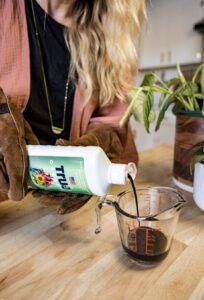 TRUE: How do you use TRUE plant food products?
TRUE: How do you use TRUE plant food products?